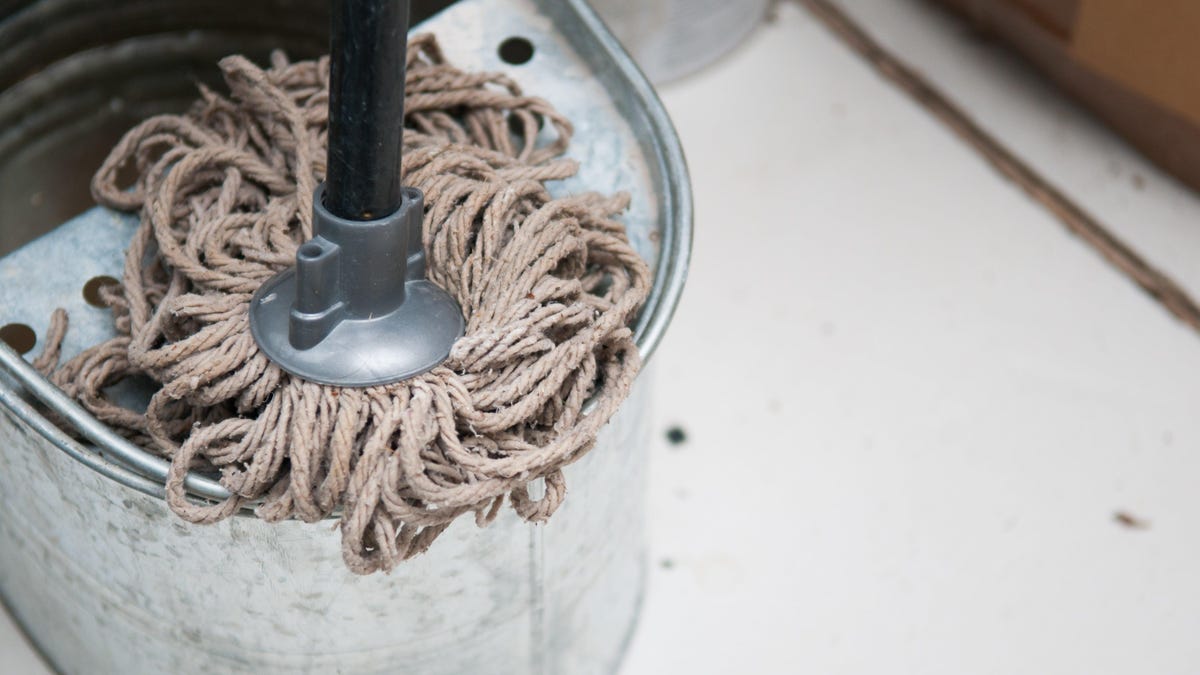When to Avoid Hot Water Washing

When you are looking for how to clean something, you will inevitably find that you have been instructed to use cold or hot water. But really, what’s the difference?
The difference between washing with cold and hot water
The first major difference is in the destruction of microbes. You can use a steamer to sterilize countertops, for example, because it is very hot . But hot water can exacerbate some messy situations. Warm water is not suitable for protein stains such as dairy and blood, and can also cause some stains to loosen and spread. This doesn’t necessarily mean that you can’t remove them, but it will certainly drag out the time it takes.
When to wash with cold water
In addition to using cold water to remove stains from fabrics, you should use it to dilute chemical solutions such as bleach . Too warm water can actually break down the solution, so even if you think it’s best to turn on the hot faucet to kill germs in general, just let the bleach handle it.
When cleaning wooden floors or furniture, try to use water at room temperature, as hot water can warp the material. According to Hearthwood Floors , it can dissolve your floor’s shine and penetrate deeper into the wood than cold water.
When to Use Warm Water
Pour out warm water when you want to remove crust or caked-on dirt from, say, dishes or a shelf. Also, while you shouldn’t use warm water to dilute any store-bought chemicals, you should use it if you’re doing your own cleaning using vinegar, baking soda, or similar homemade hacks.
When it doesn’t matter
Sometimes, fortunately, it just doesn’t matter what water temperature you use. When you wash something or quickly rinse off the soap, it doesn’t matter if you use hot or cold water. And for a regular old load of laundry — not one where you’re trying to remove a stain, washing clothes made from synthetic fabrics, or trying to sanitize a fabric after someone gets sick — you can use hot or cold water (and you could, how well use the cold if you want to save energy). Just check the labels on the clothes first.